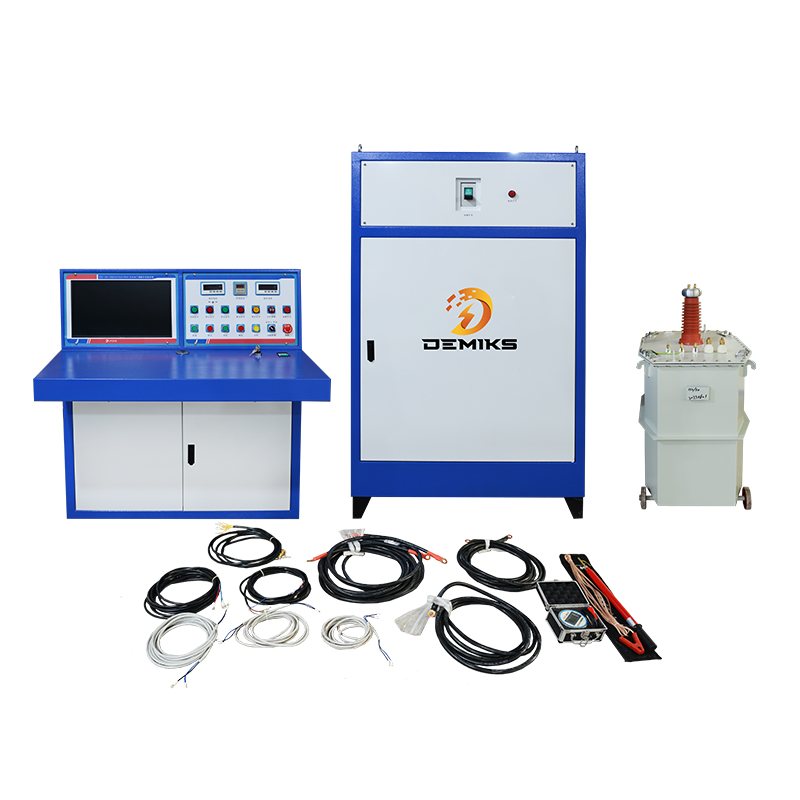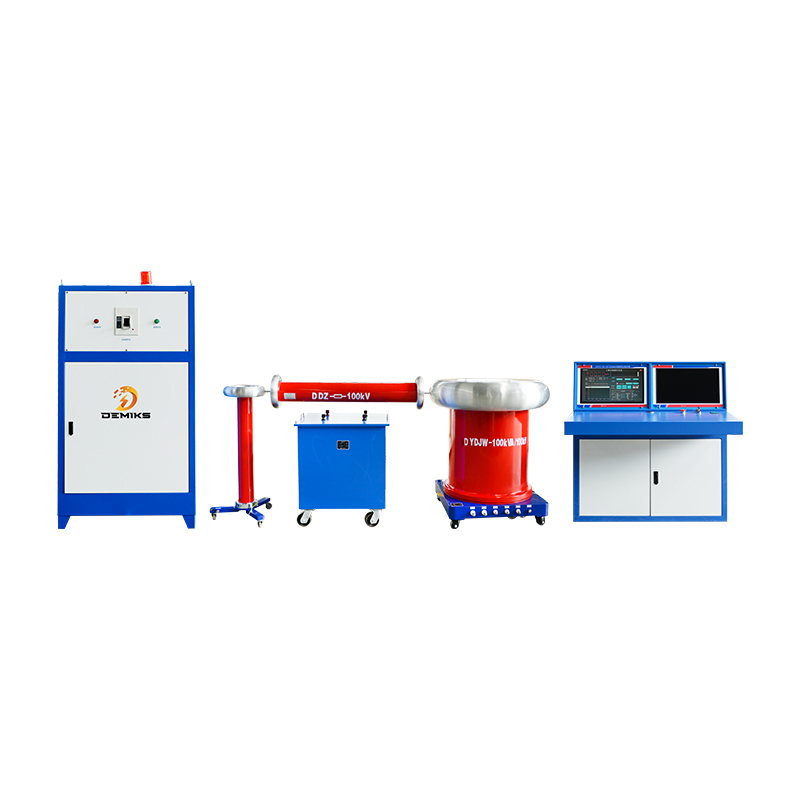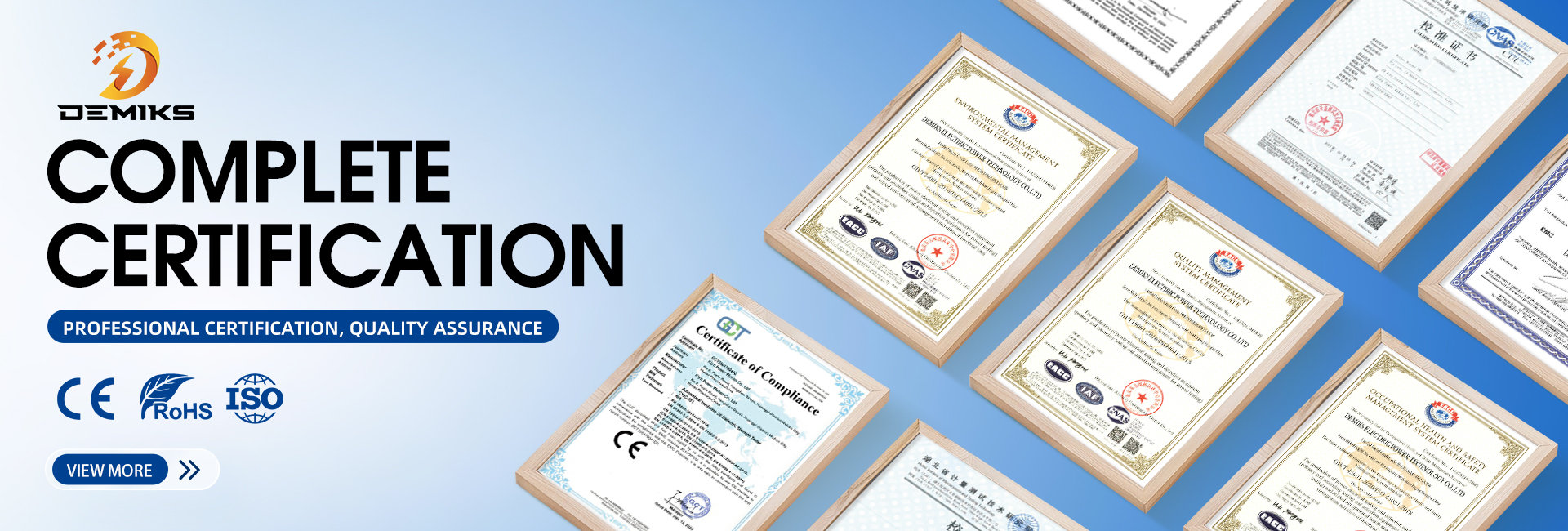high voltage cable testing procedure
High Voltage (HV) Cable Testing Procedure
High-voltage cables (typically 1kV and above) require rigorous testing to ensure insulation integrity, proper installation, and long-term reliability. Below is a comprehensive step-by-step testing procedure based on IEC 60502, IEEE 400, and IEC 60840 standards.
1. Safety Precautions
✔ De-energize and isolate cable
✔ Verify proper grounding
✔ Use appropriate PPE (gloves, arc flash suit)
✔ Maintain safe clearance distances
2. Visual Inspection
Check for physical damage to insulation/sheath
Verify proper cable termination and sealing
Inspect for oil leaks (in fluid-filled cables)
Confirm proper cable support and bending radius
3. Insulation Resistance Test (Megger Test)
Purpose: Verify insulation integrity
Test Voltage:
1-5kV cables: 2.5kV DC
6-35kV cables: 5kV DC
35kV cables: 10kV DC
Procedure:
Disconnect both ends of cable
Apply test voltage for 1 minute
Measure insulation resistance
Acceptance Criteria:
New cables: >1000 MΩ/km
Service-aged cables: >1 MΩ (minimum)
4. DC Hi-Pot Test (For New Cables)
Purpose: Verify insulation strength
Test Voltage:
XLPE cables: 4 × U₀ (e.g., 22kV for 11kV cable)
PILC cables: 3 × U₀
Procedure:
Apply DC voltage in steps (typically 25%, 50%, 75%, 100%)
Hold final voltage for 15 minutes
Monitor leakage current
Acceptance Criteria:
No breakdown
Leakage current stabilizes (<1 mA/km typical)
5. VLF (Very Low Frequency) Test (For Aged Cables)
Purpose: AC testing alternative (0.1Hz instead of 50/60Hz)
Test Voltage: 1.5-2 × U₀
Duration: 15-60 minutes
Advantages:
Less damaging to aged insulation
Better at detecting water trees in XLPE
6. Tan Delta (Dissipation Factor) Test
Purpose: Measure insulation aging
Test Method:
Apply AC voltage (0.5-2 × U₀)
Measure dielectric losses
Acceptance Criteria:
New XLPE: <0.1%
Aged XLPE: <1% (investigate if >2%)
7. Partial Discharge (PD) Test
Purpose: Detect insulation defects
Test Voltage: U₀ or higher
Acceptance Criteria:
New cables: <10 pC
Service-aged: <50 pC
8. Time Domain Reflectometry (TDR)
Purpose: Locate cable faults
Method:
Send pulse through cable
Analyze reflections to find faults
9. Sheath Integrity Test
Purpose: Check metallic sheath condition
Test Voltage: 1kV DC
Acceptance: >1 MΩ
10. Commissioning Tests
✔ Phase rotation verification
✔ Thermal imaging of terminations
✔ Final documentation review
Testing Frequency
| Test Type | New Cable | After Repair | Routine Maintenance |
|---|---|---|---|
| Insulation Resistance | ✓ | ✓ | Every 1-3 years |
| DC Hi-Pot/VLF | ✓ | ✓ | Every 3-5 years |
| Tan Delta/PD | Optional | Optional | Every 5 years |
Common Faults Detected
Insulation degradation (via Tan Delta)
Water trees (via VLF Tan Delta)
Shield/Sheath damage (via Sheath Test)
Termination faults (via Thermal Imaging)
The above content is published by demiks, please specify, demiks is a substation equipment manufacturer, specializing in the production of high-voltage tester, transformer tester, circuit breaker test equipment, relay tester, SF6 gas analyser, cable fault tester and other products, if you have power test testing needs, please feel free to contact demiks power science and technology limited company or send an email! Give us: contact@demikspower.com
 Relay Protection Testing and Commissioning Gu
Relay Protection Testing and Commissioning Gu
 how to test microwave transformer
how to test microwave transformer
 how to reset circuit breaker with test button
how to reset circuit breaker with test button
 high voltage cable testing standards
high voltage cable testing standards




